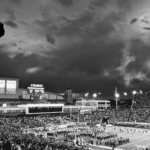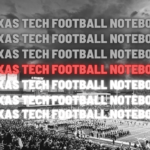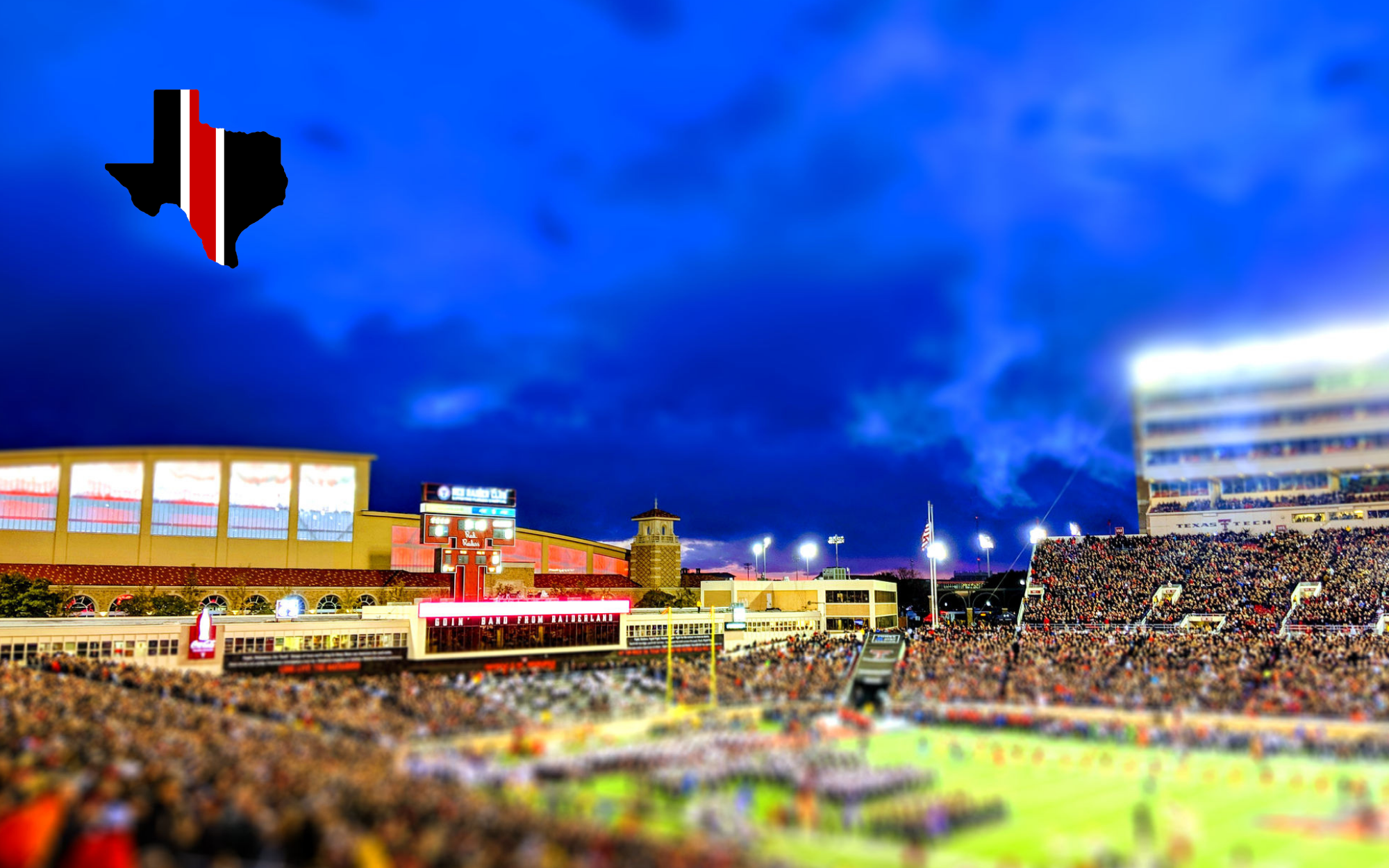We’re back again. The last time we did this, we looked at the offensive line stat comparison and now it’s time for the defense. As previously mentioned, the great folks at Football Outsiders put together both offensive and defensive line stats, that tell some of the story, maybe not all of it, but some of it.
They break down stats into two categories, run-blocking stats and then pass-blocking stats. Here’s the definitions of the run-blocking stats:
* Line Yards per Carry: For 2018, we are experimenting with a new definition for college line yardage based on film study and generalization. Instead of the ALY figure FO used for the NFL, this one is tighter: the line gets credit for rushing yardage between 0-3 yards (instead of 0-4) and 50% credit for yards 4-8 (instead of 5-10). Anything over 8 yards is quantified as a highlight opportunity, and credit goes to the runner. As with the pro definition, lost yardage still counts for 125%. (Garbage time is filtered out for all line yardage averages.)
* Standard Downs Line Yards per Carry: The raw, unadjusted per-carry line yardage for a team on standard downs (first down, second-and-7 or fewer, third-and-4 or fewer, fourth-and-4 or fewer).
* Passing Downs Line Yards per Carry: The same unadjusted averages for rushing on passing downs.
* Opportunity Rate: The percentage of carries (when four yards are available) that gain at least four yards, i.e. the percentage of carries in which the line does its job, so to speak.
* Power Success Rate: This is the same as on the NFL side — percentage of runs on third or fourth down, two yards or less to go, that achieved a first down or touchdown.
* Stuff Rate: Same as STUFFED on the NFL side — percentage of carries by running backs that are stopped at or before the line of scrimmage.
And pass-blocking:
* Sack Rate: Unadjusted sack rate for all non-garbage time pass attempts.
* Standard Downs Sack Rate: Unadjusted sack rate for standard downs pass attempts.
* Passing Downs Sack Rate: Unadjusted sack rate for passing downs pass attempts.
I left the math in the table below, but the relevant part may be the ranking in each category. I also included a delta, if there was an improvement, then it is a positive number, if there was a regression, then it is a negative number.
| 2019 | 2018 | Delta | |
|---|---|---|---|
| Line Yards | 2.45 | 2.6 | |
| Line Yards Rank | 58 | 79 | 21 |
| Standard Downs Line Yards | 2.35 | 2.65 | |
| Standard Downs Line Yards Rank | 45 | 90 | 45 |
| Pass Downs Line Yards | 2.82 | 2.42 | |
| Pass Downs Line Yards Rank | 77 | 36 | -41 |
| Opportunity Rate | 45.80% | 48.80% | |
| Opportunity Rate Rank | 54 | 86 | 32 |
| Power Success Rate | 75.90% | 62.20% | |
| Power Success Rate Rank | 88 | 22 | -66 |
| Stuff Rate | 18.80% | 19.00% | |
| Stuff Rate Rank | 69 | 9 | -60 |
| Sack Rate | 5.90% | 5.80% | |
| Sack Rate Rank | 81 | 78 | -3 |
| Standard Downs Sack Rate | 4.80% | 5.20% | |
| Standard Downs Sack Rate Rank | 77 | 63 | -14 |
| Pass Downs Sack Rate | 7.20% | 6.60% | |
| Pass Downs Sack Rate Rank | 79 | 92 | 13 |
To make things a bit easier to read, I made the text to the good things in green and the bad things in red. Well, the defensive line performance was a bit bigger in terms of what improved and what didn’t improve. In standard downs and just basically stopping the run (Line Yards), the defensive line had much greater success stopping the run. Where things went off the rails was on passing downs giving up significantly worse rushing statistics. So maybe this is a situation where opposing offenses took advantage of the defensive personnel on the field and maybe defensive coordinator Keith Patterson gambled a little too much, opposing offensive coordinators took advantage of this. But this was a pretty serious regression.
And the eye-test told the same thing as the statistics, which is that the defense definitely regressed in Opportunity Rate as third downs and situations where the defense just needed to hold the line could simply not do that.
The other thing that regressed was sack rate, slightly, and was never top-notch the past two years, and standard down sack rate. So this seems to indicate that Patterson is much better at dialing up pressure than simply just creating pressure in standard situations. Playing things straight up just isn’t this defense’s strength and that’s something that needs to improve, i.e. pressure on opposing offenses.









